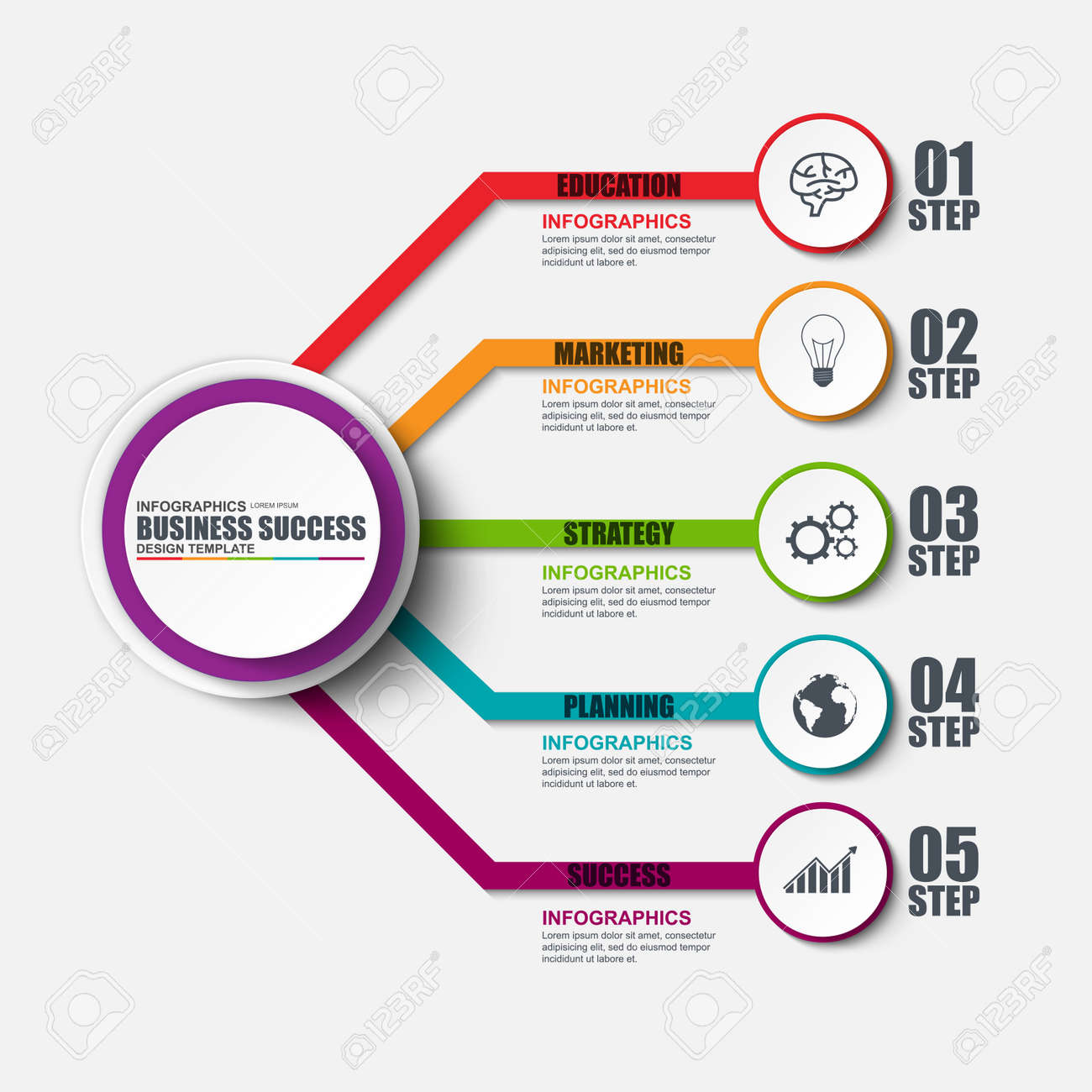Basic Facets Of Website Design: Guidelines For Developing A User-Centric Website
Basic Facets Of Website Design: Guidelines For Developing A User-Centric Website
Blog Article
Material Writer-Christophersen Devine
When it concerns web site style, making certain user-friendliness is essential. From responsive style to structured navigation, every element plays a critical duty in creating a site that satisfies your target market's needs. Yet what concerning the finer details that can make or break a user's browsing experience? Remain tuned as we discover some often-overlooked suggestions that can elevate your website's usability to the next degree, making it really attract attention in the electronic landscape.
Value of Responsive Style
Receptive style is a crucial aspect of modern site development. Ensuring your internet site is receptive methods that it can adjust to various display dimensions and gadgets, giving a seamless experience for customers.
With the raising use smartphones and tablets to access the internet, having a responsive style is important for reaching a bigger target market. It assists in improving user experience by making your internet site very easy to browse and keep reading any device.
In addition, responsive layout can positively influence your search engine positions, as internet search engine like Google focus on mobile-friendly web sites. By having a receptive design, you're also future-proofing your internet site, as new tools with varying display dimensions remain to emerge.
Simplify Navigation Framework
To boost individual experience and assist in very easy accessibility to information on your site, enhancing the navigation framework is vital. When making your site, focus on creating a clear and instinctive navigating food selection that helps site visitors locate what they're searching for swiftly.
Restriction the variety of menu items to the fundamentals, organizing related pages together to avoid overwhelming individuals. Usage detailed labels that plainly suggest the content of each page, making it easier for individuals to recognize where each link will take them.
Consider executing dropdown food selections for subcategories to stop cluttering the primary navigating bar. In addition, consist of a search bar prominently on the web page for individuals that choose looking for details information.
Focus on mobile responsiveness in your navigation design to guarantee very easy accessibility on all tools.
Optimize Web Page Load Rate
Improving web page lots speed is critical for maintaining site visitors on your site. Slow-loading pages irritate individuals and can cause high bounce rates. To enhance page lots rate, start by enhancing images. Press photos without jeopardizing high quality to lower their data dimensions.
In addition, allow internet browser caching to keep frequently accessed sources locally, speeding up tons times for returning site visitors. https://www.who.int/publications-detail-redirect/9789240046085 , JavaScript, and HTML files by getting rid of unnecessary characters, remarks, and format, enhancing load speed.
Consider making learn the facts here now of a content delivery network (CDN) to disperse your internet site's material across numerous servers worldwide, reducing latency for users accessing your site from different locations. Last but not least, limit making use of third-party manuscripts and plugins, as they can dramatically impact lots times.
Conclusion
In conclusion, by including responsive design, streamlining navigating, and enhancing web page load speed, you can develop an easy to use web site that attract a wider audience and boosts user experience. These essential elements make sure that visitors can conveniently gain access to and browse your website across various gadgets, causing enhanced involvement and fulfillment. By focusing on these crucial aspects, you can build a successful website that keeps individuals returning for even more.
